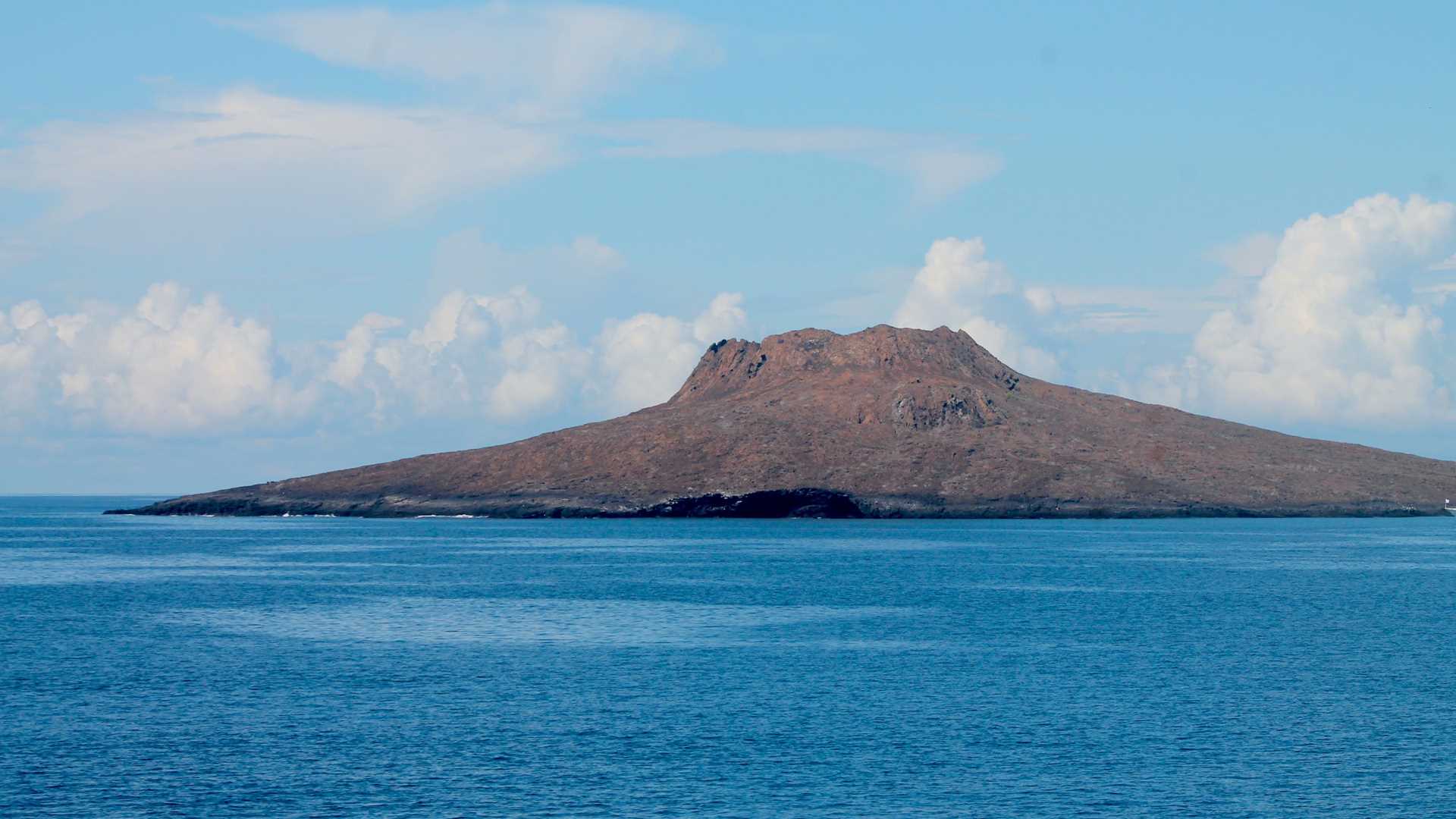National Geographic Endeavour II continued its itinerary with a visit to the small island of Sombrero Chino, located just 0.1 miles (150 meters) southwest of Santiago Island. Santiago has unique wildlife and a fascinating landscape of rocky shores and lava fields. National Geographic Endeavour II guests enjoyed simultaneous water activities: kayaking, snorkeling, and Zodiac rides. In the late morning, we enjoyed a boat ride along a chain of eroded tuff cones. As we navigated, we passed an enclosed saltwater lagoon. The lagoon was formed by seawater filtrating through the walls of a collapsed tuff cone. We even had the chance to spot a group of Galapagos American flamingos. By the end of the day, we were anchored by Bartolomé Island, a scoria / tuff island formation with a view of Pinnacle Rock. This sandstone formation is one of the most iconic views in the Galapagos. This particular landscape was featured in the movie, Master and Commander.
6/13/2025
Read
National Geographic Endeavour II
Genovesa Island
We started the day with excitement as we landed on the beautiful, pristine coast of Isla Genovesa - a true birder’s dream. Along the sandy beaches and steep cliffs of Darwin Bay, we were surrounded by an incredible array of birdlife. Frigatebirds soared closely overhead with their red pouches on full display, while Nazca and blue-footed boobies nested along the rocky ledges. Swallow-tailed gulls called out as we walked past. In the distance, we saw the stoic and elusive short-eared owl. The island was alive with color, sound, and constant movement. Between our excursions to Isla Genovesa, we snorkeled near Prince Philip’s Steps and discovered a vibrant world beneath the waves. Schools of fish swirled around us, a fur seal turned in the water as if dancing on cue, and sea lions relaxed nearby. As our last snorkeling adventure came to a close, we spotted a sea turtle resting calmly in a crevice. As the sun retreated into the sky on our last return to National Geographic Endeavor II, we reflected on the sheer magnitude of what we witnessed on our last full day. Isla Genovesa, like the other islands, gave us a connection to a sacred world. The harmony between land, sea, and sky reminded us how deeply interconnected, vital, and fragile these ecosystems are. Watching birds tend to their nests and marine life swim effortlessly, we were struck by how little space there is between wonder and reverence. We recognized that our journey wasn’t just about observing unique wildlife, it was about feeling part of something grander and beautifully ancient.







